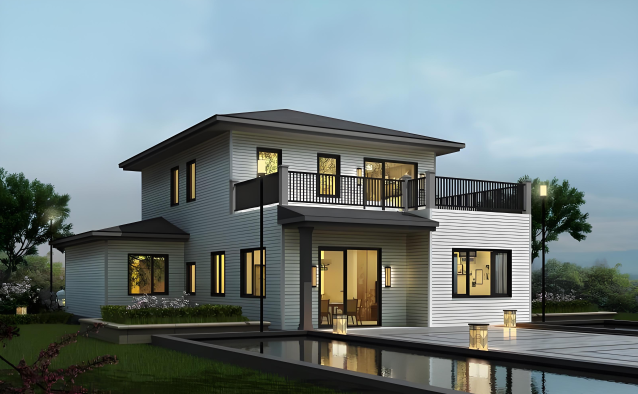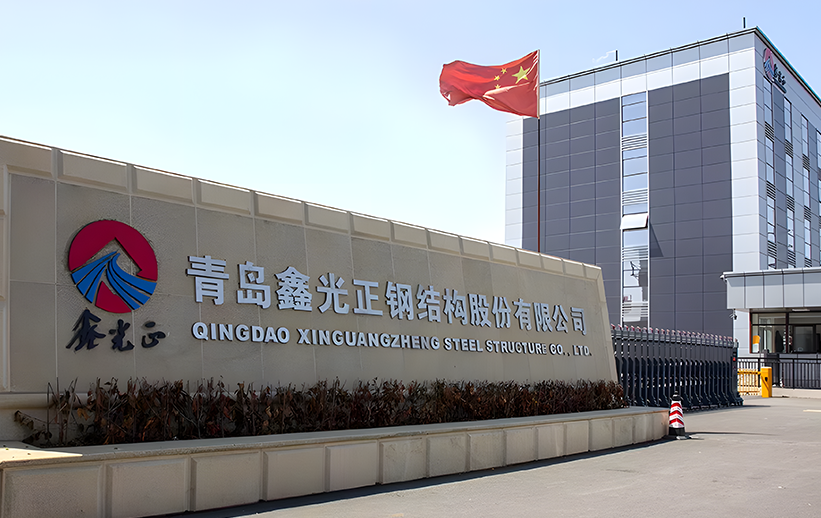Technical Aspects of Steel Structure Engineering

The technical aspects of steel structure engineering encompass the following content:
(1) High-rise Steel Structure Technology. Depending on the building height and design requirements, frameworks, frame supports, tubes, and mega-frame structures are utilized, with components made of steel, reinforced steel concrete, or steel-pipe concrete. Steel components can be welded steel sections or rolled steel sections, suitable for super high-rise buildings. Reinforced steel concrete components have high stiffness and good fire resistance, making them suitable for mid-rise and high-rise buildings or their lower structures.
(2) Spatial Steel Structure Technology. Spatial steel structures are lightweight, have high stiffness, beautiful aesthetics, and rapid construction speeds. Ball-joint flat grid structures, multi-layer variable-section grid structures, and grid shells made of steel pipes are the most commonly used structural forms in China's spatial steel structures. They have the advantages of high spatial stiffness and low steel consumption. Design, construction, and inspection procedures are in place, and comprehensive CAD support is available.
(3) Light Steel Structure Technology. This technology involves new structural forms composed of lightweight color steel plate walls and roof envelopes. It consists of large-section thin-walled H-shaped steel wall beams and roof purlins welded or rolled from steel plates, flexible support systems made of round steel, and a light steel structure system connected by high-strength bolts. There are now standardized design procedures and specialized steel structure manufacturers, providing good quality, fast speeds, light weights, and construction by seasons, making it suitable for various industrial plants.

Note: The phrase has been translated as "construction by seasons," but for clarity and fluency in English, it can be simplified to "construction that is not seasonally constrained."
(4) Steel-Concrete Composite Technology. Beam and column load-bearing structures composed of steel or steel pipes and concrete components are known as steel-concrete composite structures. Their application has been expanding in recent years. Composite structures combine the advantages of both steel and concrete, offering high overall strength, good stiffness, and excellent seismic performance. When using an externally wrapped concrete structure, they also exhibit good fire resistance and corrosion resistance. Composite structural components can generally reduce steel consumption by 15-20%.
(5) Steel Structure Protection Technology. Steel structure protection includes fire prevention, corrosion prevention, and rust prevention. Fire-retardant coatings are generally used, which eliminates the need for additional rust prevention treatment. However, corrosion prevention treatment is still required in buildings with corrosive gases. There are various types of fire-retardant coatings. During steel structure construction, suitable coatings and coating thicknesses should be selected based on the steel structure type, fire resistance rating requirements, and environmental requirements.



